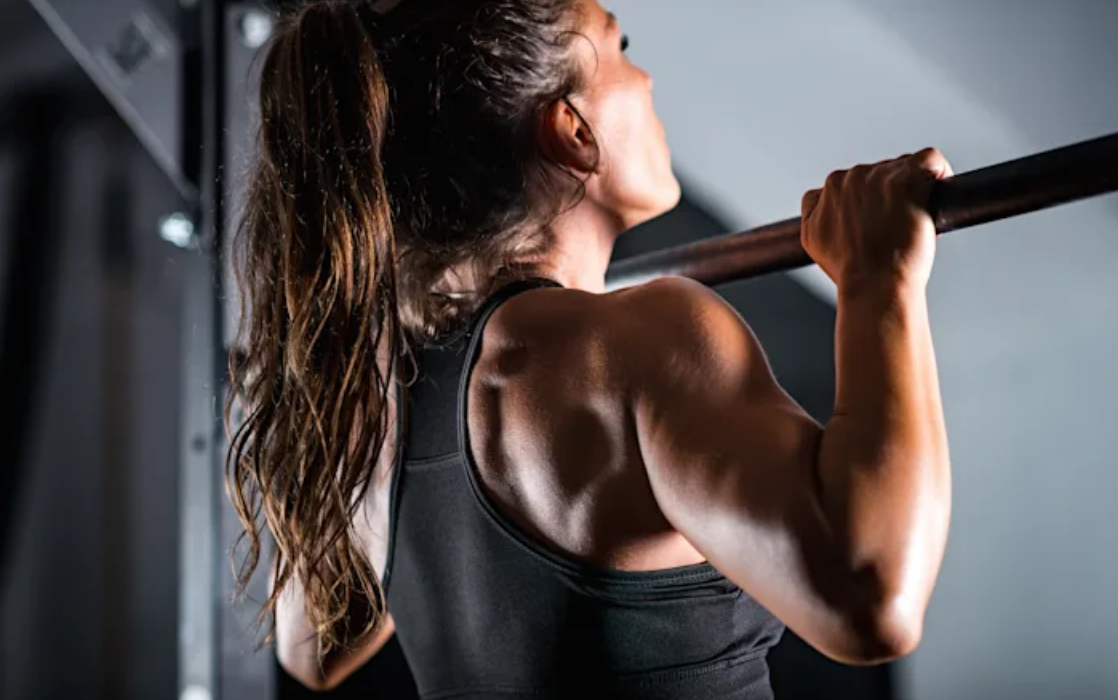If you’re a woman who exercises regularly, one exercise may remain elusive: the pull-up. in 2012, the New York Times reported that researchers documenting women’s health trips found that only a small percentage were able to perform the exercise – despite a 36 percent increase in upper-body strength for the group and a two percent decrease in body body fat.
So why do many women struggle with pull-ups, even though they are very healthy and able to do other challenging exercises?Bloom Training founder Tony Coffey says one challenge is muscle distribution.
Coffey explains, “Physical sex is definitely a big factor in how challenging pull-ups are.” The movement requires the full strength of the upper body to complete. Men who are biologically larger by nature are more likely to have more lean muscle and muscle mass, which helps support all upper body movements.”
The data also shows that “women are naturally leaner in the lower body and men are naturally leaner in the upper body,” Coffey said.
Michelle Olson, senior clinical professor of exercise science at Huntington College in Alabama, specifically noted that “men in the biological sense have larger shoulder girdles and larger muscles” while women “have larger hip girdles and corresponding muscles.
However, just because women have weaker upper body muscles – which makes pull-ups a challenge – doesn’t mean they have to miss out on all the benefits pull-ups have to offer. The exercise not only works your arms, but also your shoulders, core muscles and back. If you want to reach pull-ups gradually, experts recommend trying different exercises first, all of which have their own strength-building benefits. Coffey notes that for those who want to gradually move up to pull-ups, inverted rows can be a “solid starting exercise.
Olson agrees that “negative pull-ups” are also a good starting point.
“Use a chair or bench. Bend over the pull-up bar (end/up),” she explains. Then, slowly lower your body. Repeat.”
Whether you’ve mastered pull-ups or not, experts say don’t stress:When it comes to fitness, it’s not a barometer you need to focus on.


